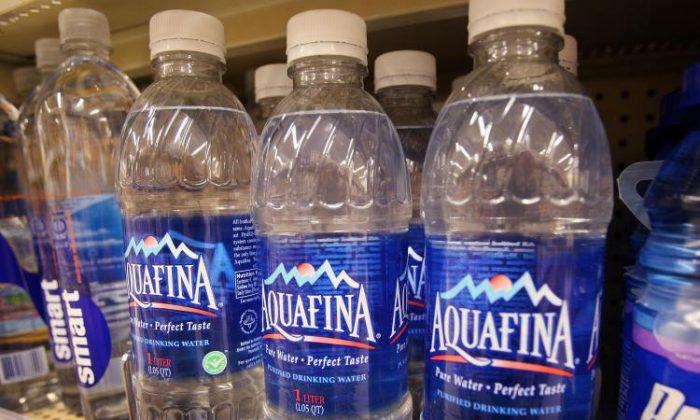Georgia fire officials have issued a warning about leaving water bottles inside cars.
The sunlight, according to the report, can cause a fire.
“I think that’s very strange,” one woman told the news outlet. “I would not ever think of that.”
But a fire official, David Richardson, noted that as sunlight comes through, the liquid inside the water bottle can “act as a magnifying glass” and set a fire.

Plastic water bottles can reach up to 250 degrees Fahrenheit inside a hot car, according to the report.
Tests Done
Last year, the Midwest City Fire Department conducted a test, finding sunlight magnified through a bottle of water in a hot car could reach 250 degrees FahrenheitThe beam of heat can then focus on other interior materials of the car, including seats, mats, or other fabrics.
Dioni Amuchastegui, an Idaho power station’s battery technician, issued a warning in another video, describing how a plastic water bottle can create a dangerous situation in a hot car.
He said that he noticed smoke out of the corner of his eye. The light was starting to set his car seat on fire.
“I was a little bit surprised actually I had to do a double take and checked it again and sure enough it was super hot. I even stuck my hand under the light, just hard to believe at first,” Amuchastegui said in the video.
With a thermometer, it was “extremely hot,” he said.
Another Reason?
Some have argued that it’s not safe to leave water bottles in hot cars because the high temperatures can cause BPA to seep into the water after they’re left in the sun.- A Song of Coffee and Water: ‘Game of Thrones’ Leaves Plastic Bottle in Shot During Finale
- Man Starts Scraping ‘Strange-Looking’ Object When He Realizes It’s a Turtle
- Russians Protest Local Chinese Water Bottling Plant on Environmental Concerns
- Watering Wisely: Let’s Get Real About Water, Chemicals, and the Bottles We Drink From
- Firefighters Warn People Not to Keep Water Bottles Inside Their Cars During Hot Days
“So the plastic leaches its component chemicals out into the water much faster and more with heat applied to it,” she said. “It’s kind of like when you put mint leaves in your tea. The heat extracts the mint-tasting molecules and it happens faster in hot tea than it does in cold tea.”





